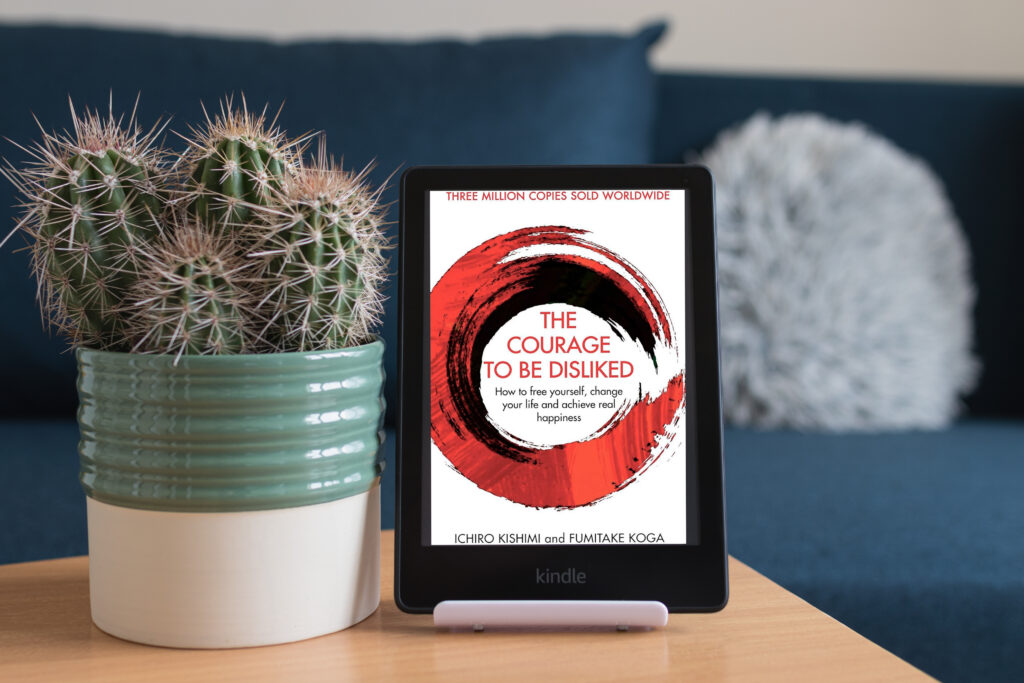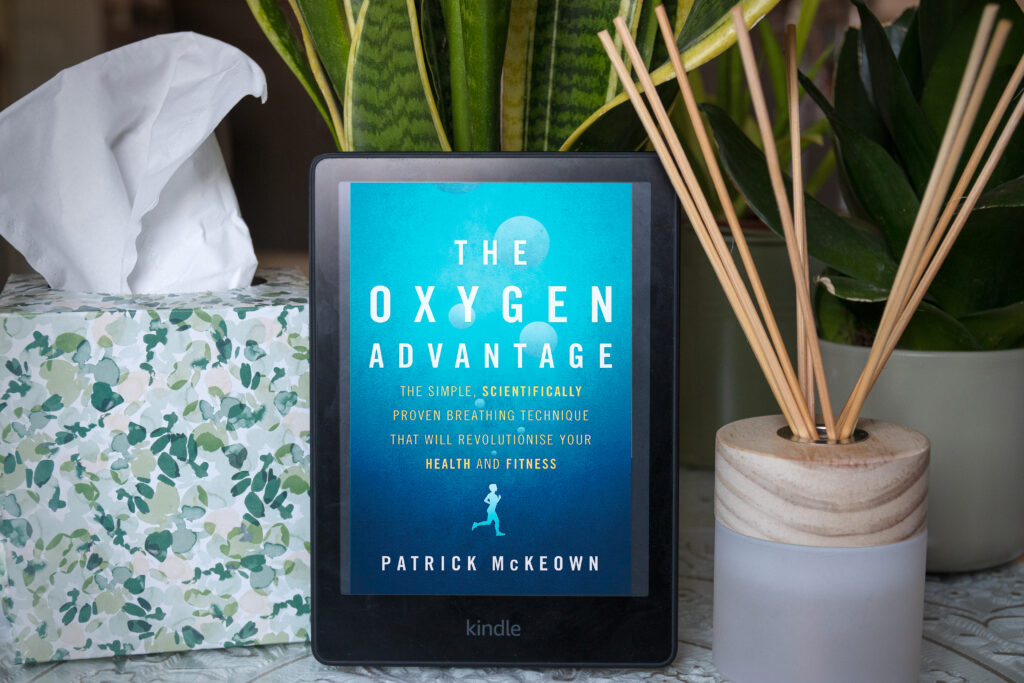
Three Sentence Summary
Straight from the workings of a top FBI hostage negotiator this book is the blueprint for negotiation tactics that work! This book helps you understand the underlying emotional side to negotiating and how to use it to get the outcome you desire. Its packed full of tactics and strategies that can be implemented into everyday life so that you can make compromise a thing of the past.
Table of Contents
ToggleMy Top 3 Take Aways
- Successful negotiation is not an argument it’s the act of listening to the other side, discovering their drives/problems, and using this to your advantage. You shouldn’t be compromising you should stick to your initial realistic goal. No deal is better than a bad deal.
- The basic tools for uncovering information are using mirrors, labelling and calibrated questions. These methods can be implemented in everyday life when you want to uncover more information. The practice will help when you when you need to perform more important negotiations.
- When money is involved have a well-researched goal in mind and first suggest a large range with your goal target appearing the most reasonable. For instance, for a new salary your target should be at the lower end. When getting to the final value it should not be a round figure or end in a zero it should be specific. This implies you have thought seriously about this value, and it is not just a placeholder.
Who Do I Recommend This Book For?
A must for all business owners, entrepreneurs and working professionals. The methods taught are universal to any negotiation, but it will be most useful to anyone in the world of business as the full spectrum of methods can be applied easier. You could also be someone like me though who hates confrontation and used this book to make daily negotiations more bearable. Whatever your reason, if you need to win a negotiation or debate and cannot compromise this book is for you.
Full Summary
The Negotiators Mindset
Negotiation is something that for me (and many others) inspires a sense of dread mainly because it is a pressured environment involving confrontation which frankly, I hate. The fact that most people avoid negotiations just proves the value in learning it as a skill and how even the most basic knowledge can help you in everyday life. By learning methods from Chris Voss who was a former top FBI hostage negotiator you can apply tried and trusted methods into your personal negotiations by scaling them to your needs.
The first place to start however is changing your mindset on negotiation and understanding what it truly means. ‘A negotiation is just a conversation with results’ is a great place to start. Your aim is primarily to listen to your counterpart and discover their wants, drives and ambitions. You can then use this to your advantage by presenting your desired outcome as the solution. Despite how reasonable your offer may sound in your head; humans are emotional creatures who have their own wants and needs. By pitching your goal in a way that only seems to benefit you why would your counterpart accept? This why understanding their mindset, building trust, and actively listening is the best way to start. By having this mindset going into a negotiation you put yourself in the best starting place for success.
The Tools of the Trade
If we are going into a negotiation trying to be empathetic to our counterparts concerns and problems, we need some phrases and methods to direct the flow of conversation so we can uncover actionable information. In the book Chris discusses many different strategies but three I found the most powerful and easy to apply were calibrated questions, mirrors, and labelling.
Calibrated Questions
To get the conversation flowing in the direction you’d like, open-ended questions can be used – not just a yes or no answer. This gets your counterpart thinking about how they can solve your problem without you directly telling them what you want, you just hint towards it. What converts an open-ended question into a calibrated question is how it’s designed. Avoid questions starting with ‘can’, ‘is’, ‘are’, ‘do’ or ‘does’. This closes off the question thus pushing the reply towards a ‘yes’ or ‘no’ answer. Its best to use ‘what’ and ‘how’ questions. These invite in-depth responses and are the simplest to use effectively without sounding accusatory. Use ‘how’ and ‘what’ questions early and often in negotiations and you’ll be able to get a lot of useful information. These questions often imply you are asking for their help which makes the opponent feel in control of the conversation. Simultaneously this also ensures your counterpart is using their mental power to solve your problem.
Examples
-
- How can we solve this problem?
- How am I supposed to do that?
- What are we trying to accomplish here?
- What is the biggest challenge you face?
- What does it take to be successful here?
Mirrors
With the goal in mind of putting your counterparts needs first how do we get them to trust us and open up about their situation? With the use of mirrors! This is simply imitation by repeating what they have just said in the form of question. This invites further explanation again avoiding the yes or no answers. We want new information. The act of mirroring as explained by the author happens every day unconsciously and is ‘a sign that people are bonding’ which eventually leads to a natural trust. The two key tips for successful implementation of mirroring are to repeat in an inquisitive, non-acquisitional tone and to be silent after the question. The silence is vital, you need to hold your nerve and not add to the question, this will help keep the question specific. Usually if we ask multiple questions in one go, there will be a yes or no question in there giving an easy escape without a valuable progression to the conversation. I tried this in everyday life when I wanted extra information and was amazed at what I learned with barely any input from myself. Perfect for a more introverted person like me. You can usually keep a full conversation going just using this technique and most people won’t even notice!
Labelling
Now mirrors are great for initiating trust and a sense of connection, but labels are what establish a sense of empathy. Chris describes this as ‘validating someone’s emotion by acknowledging it’. Basically, shining a light on an emotion your counterpart is feeling. It works much the same to the relief you feel when you tell someone about that thing that’s been worrying you for the past week. By suggesting they’re allowed to be feeling worried, frustrated, or angry it makes that emotion weaker, ‘disrupting its raw intensity’. By using these sporadically, you can prove you’ve been listening and understand how they’re feeling which develops trust whilst simultaneously calming your counterpart. The delivery of labels is very important and involves two main steps. Firstly, the identification of emotional states. This requires you to be like Sherlock Holmes constantly looking for non-verbal ques such as body language, and actively listening to their responses to prior questions. You can usually get a general feel for the mood of someone as soon as they enter a room, this is just taking it to the next level. Once ascertained the emotion needs to be delivered in a formulated way. Never use ‘I think…’ this gives the impression you’re telling them how they feel and the use of ‘I’ implies it is not about them. Instead suggest the emotion. Start with ‘It seems like’, ‘It sounds like’ or ‘It looks like’. Which sounds a lot more thoughtful and considerate, creating that sense of empathy.
Examples
- It seems like you are very passionate about your work.
- It sounds like this is a very frustrating situation for you.
- It looks like you are worried about how we are progressing.
Figuring Out Your Figure
The majority of negotiations are going to involve money or some kind of numerical figure. This book gives some great tips on how we can get to our goal amount and even get more than we bargained for.
Setting an Extreme Range
A great way to suggest a figure is to set a range. Instead of just coming in with ‘I want to pay this price’. A range sounds less aggressive. The most effective way to set a range is firstly have your goal price in mind. Research is key for this as it needs to be realistic. Once you understand your goal, set this as the most reasonable offer. If it’s a salary you want it should be at the low end whereas if you are trying to buy something set it at the high end. The opposing end should be extreme as this will make your target figure seem a lot more reasonable. They will likely be drawn to your offer making it feel like they got a bargain whereas you got exactly what you wanted.
The Final Price
When you get to the final figure make sure it is an odd number. The more specific the better. If you say you want to pay £500 it sounds too round almost like it is just a placeholder. Instead say you are willing to pay £491.74 and it sounds immediately more immovable. Thought has been put behind it and you are less likely to get a counteroffer.
The Ackerman Model
When it comes to bargaining Chris swears by a method designed by Mike Ackerman (ex-CIA) which involves many techniques summarised so far. The simple steps go like so:
Set your target price (backed by research).
Set your first offer at +/- 35% of the goal depending on the situation.
Calculate three counter offers +/- 15%, 5% and 0%.
Use empathy and different ways of saying no (e.g., calibrated questions) to get the other side to counter before you offer your next counter. Don’t just say no! Empathy and trust need to be created.
The final price needs to specific to make it immovable.
If a deal is still not reached a non-monetary item can be added to prove it is your limit.
Next time when you know you will be headed for a negotiation try this method out and see how it works for you. The preparation before should easily be worth the gains or savings you could make.
Making it Actionable!
The Everyday Negotiator
Like any worthwhile skill, negotiation takes practice especially if like me confrontation isn’t currently within your comfort zone. To this end it is my goal to become an everyday negotiator. I’m going to practice using these methods so when important conversations come along like haggling the price of a new car, deciding my starting salary, or reducing my phone or utility bills I won’t crack under pressure. Simple techniques like mirroring, labelling, and calibrated questions can be used in both normal and professional conversations. For instance using a calibrated question when you want to gleam more information from your friends latest holiday or mirroring to show your interest in what a work colleague is telling you. This should aim to get me into a negotiators mindset and should also improve my people skills and listening skills no end. I am hoping by implementing these techniques with frequency I can gain more confidence in the confrontational side of business. With that being said I encourage everyone with professional and financial aspirations to read this book and put its teachings into action – it might just change your life!
If you’ve read this book already I’d love to know your thoughts and how you’ve implemented its strategies. Let me know down below!


